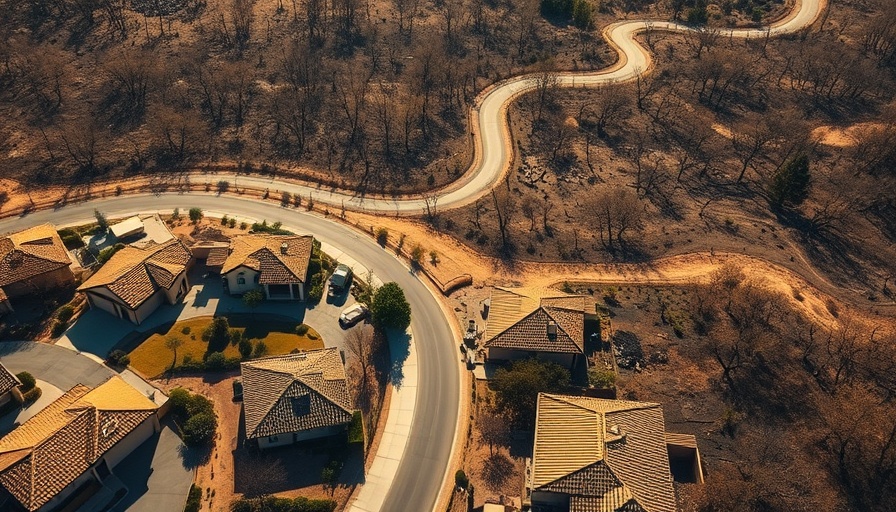
Climate Vulnerability Takes Center Stage
As climate change accelerates, numerous urban centers are finding themselves increasingly at risk from environmental disasters. In particular, cities like New Orleans, Miami, and Houston are cited as vulnerable hotspots. While large metropolises often invest in infrastructure improvements, many of these areas suffer from systemic issues that leave them poorly equipped to handle climate emergencies.
Understanding What Makes Cities ‘Sitting Ducks’
Comprising a range of factors including socio-economic conditions, geographic location, and historical infrastructural challenges, cities can be termed 'sitting ducks' when it comes to climate threats. The economic disparities in these areas can exacerbate disaster impacts, revealing a direct correlation between vulnerability and poverty. For instance, the Bay Area, despite its wealth, houses neighborhoods with inadequate levies and flood controls, making them susceptible to sea-level rise.
Global Trends Impacting Local Environments
Moreover, broader global trends—like the increasing frequency of extreme weather events—are mirrored at a local level. Cities that are economic hubs, such as those in Silicon Valley, are not exempt. With real estate values fluctuating due to climate risks, businesses must strategize and innovate to stay resilient. This intertwining of climate and economic stability is crucial not just for local business growth strategies but also for sustainability in business practices.
The Business Case for Climate Resilience
Investors and startups alike have noted the urgent need for climate-aware business approaches. Organizations are finding that sustainability isn't just a corporate social responsibility initiative but a necessary business strategy. Venture capital funding is increasingly veering towards green tech solutions as the old adage, 'adapt or perish,' rings truer.
Actionable Insights for Entrepreneurs
Entrepreneurs in high-risk areas must take note of this dire situation. By focusing on sustainability and adaptation plans, businesses can not only ensure their longevity but also contribute positively to their communities. This includes being mindful of local business updates and ensuring that upcoming corporate partnerships prioritize eco-friendly practices.
Steps Forward and Conclusions
With the knowledge that climate disasters loom, cities and entrepreneurs alike stand at a crossroads. It’s essential for local leaders and business owners to forge paths that incorporate resilience into their business frameworks. The need for effective responses to climate threats is apparent, but how communities respond will dictate their futures.
Moving forward, collaboration is key. Finding ways to invest in robust infrastructure, engage in responsible startups, and promote business opportunities that align with sustainability objectives can improve both local economies and the environment. The call to action is clear: we must begin drafting blueprints that merge entrepreneurial spirit with sound environmental practices to ensure a livable future.
 Add Row
Add Row  Add
Add 



Write A Comment